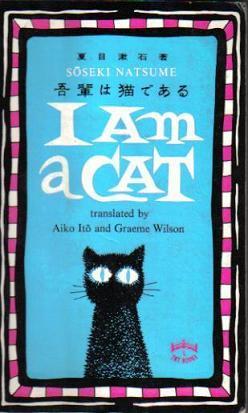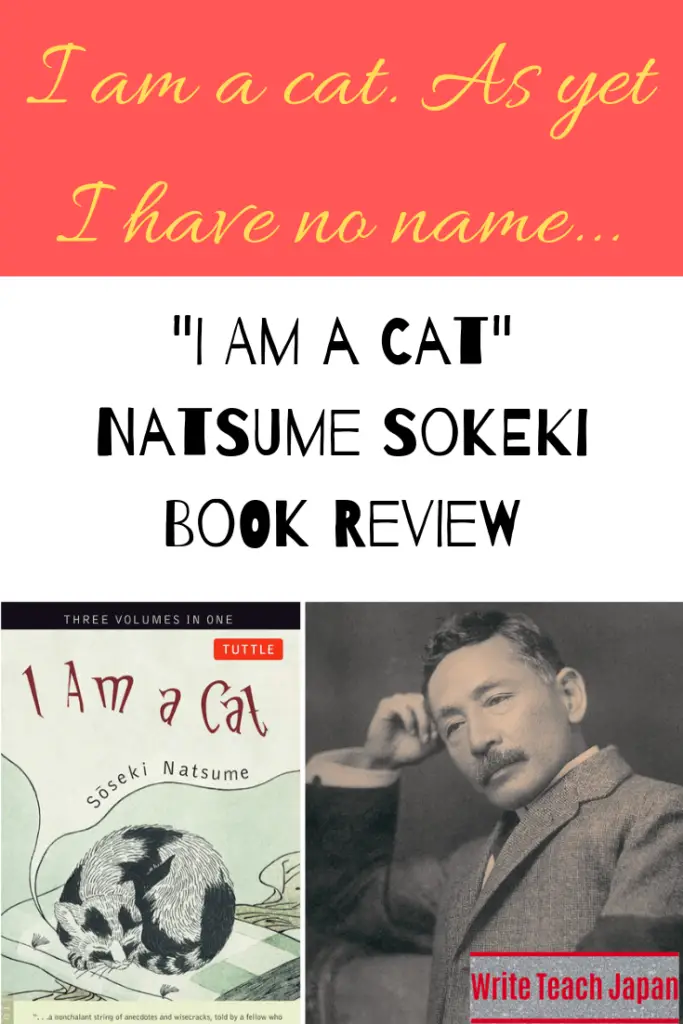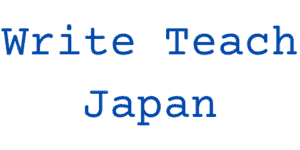“I am a Cat” – Natsume Sōseki – Book Review
I Am a Cat (吾輩は猫である / Wagahai wa Neko de Aru) is an interesting and unique story by Natsume Sōseki, one of the pillars of Japanese literature. The first chapter was published in the January 1905 issue of the literary magazine Hototogisu (Cuckoo). Sōseki had not intended the work be any longer than that single short story, but the editor was so pleased with its success that he persuaded Sōseki to write further instalments. The subsequent chapters were published in Hototogisu throughout 1905 and 1906. It was subsequently published in a three volume form with Volume 1 appearing in October 1905, Volume 2 in November 1906, and Volume 3 in May 1907. The story is narrated by the cat of a Tokyo school teacher. The cat, who is never given a name, comments whimsically on the follies of his master, and on humanity in general, from his lofty position as the family cat. “I am a cat. As yet I have no name,” are the opening few sentences of the book and many Japanese people can quote them by heart.

“I am a Cat” – a short summary
The cat narrates stories about his owner Mr Sneaze, an English teacher, and his acquaintances. Sneaze and his cronies: his irritating friend Waverhouse, and the young scholar Coldmoon, form the basis of Sōseki’s satire of middle class Meiji Era society. This critique of society looks especially at the sometimes difficult relationship between traditional Japanese customs and the western customs that have recently begun flooding into Japan.
A Frustrating Read…
I want to say upfront that, at times, I found it a frustrating read. It is social satire of the Meiji Era, a society that I’m so far removed from and don’t know a lot about. In the past, when I’ve read social satire, I’ve been introduced to it through study. My majors at university were English Literature and Classical Literature (Greek and Roman), so I had the opportunity to study a lot of great social satire: Euripides, the Greek Tragedian, Johnathan Swift’s Gulliver’s Travels, Alexander Pope, Jane Austen and others. As well as having lectures on these works, the editions that I read were annotated explaining the way in which those works were critiquing the society of the day.
The importance of contextual knowledge
I constantly had the feeling that there was a deeper level of understanding to I Am a Cat that I was missing. To illustrate my point allow me to briefly talk about Gulliver’s Travel’s. There is a scene when Gulliver is stranded on the island of Lilliput. Among his many observations about that island and its inhabitants he explains that the Lilliputians are engaged in a generations old quarrel about which end boiled eggs should be broken at. The traditional Big-Endians believe that boiled eggs should be broken at the big end, and the rebelling Little-Endians believe that boiled eggs should be broken at the little end.The great-grandfather of the current Emperor of Lilliput had decreed that all eggs be broken at the smaller end after his son cut himself while breaking an egg from the bigger end. The Lilliputian religious texts say that eggs should be broken at the convenient end, which is interpreted by most of the current Lilliputians as the smaller end.The conflict had resulted “in six rebellions… wherein one Emperor lost his life”. This episode from Gulliver’s Travels might seem a bit farfetched and idiotic if you didn’t know that Swift was pointing out the absurdity of the conflict between Catholics and Protestants in Britain at the time. Wars were being fought over differences in interpretation of religious texts, which, Swift argues, were of little consequence. Considering that that they all believed in the same God.

I felt there was something I was missing
That was how I felt reading I Am a Cat. Because of my lack of contextual knowledge I was reading the story at surface level, and while this was enjoyable, there was the nagging feeling that there was a deeper level that I was missing. I wasn’t able to find an annotated version of the text. Perhaps that’s a business opportunity for me in the future.
It’s very episodic
The other difficult thing about the text is that it’s very episodic. It was never intended to be a serialised novel, each chapter stands alone as a collection of satirical witticisms about Meiji Era society. So there is no narrative thread to pull a reader through the story. While that’s not necessarily a bad thing in itself, when it’s together with the feeling that you’re not quite sure what the author is trying to say, it can easily become tiresome.
Why you should read it
It is the tone and voice of the cat that makes I Am a Cat such a pleasure to read. As the introduction to my volume states, “… the essence of the book resides in the humour and sardonic truth of [the cat’s] various observations, not in the development of the story.”
What makes the voice of the cat so interesting is the disconnect between his position as an unnamed stray in the household of a teacher and the lofty narrative voice in which he speaks. This can be seen in the very title of the book. In the Japanese title, Wagahai wa Neko de Aru, Soseki uses the high-register phrasing appropriate to a nobleman. This air of self-importance is intended to sound ironic since the speaker is just a regular domestic cat of a teacher. This makes me wonder how well I Am a Cat can be translated from the Japanese into any language with less well defined registers of formality. A friend of mine suggested that perhaps a better translation of the title might be “Me, the Cat”, in order to emphasise the cat’s sense of self importance.
Human Beings tend to keep diaries
Another reason that I Am a Cat is worth reading is Soseki’s descriptiveness about what is being observed and the cat’s playful commentary on it. Musing on humans’ tendency to keep diaries in order to display their own true characters which they hide from the rest of the world, the cat says:
But among cats both our four main occupations (walking, standing, sitting, and lying down) and such incidental activities as excreting waste are pursued quite openly… Had I the time to keep a diary, I’d use that time to better effect; sleeping on the veranda.
On teachers
In one of my favourite passages, Soseki pokes fun at teachers. In this episode the cat’s master is at war with schoolboys from over the back fence of his property. They are constantly taunting him. The cat says that, like monkeys, teachers are the perfect target of teasing.
Now, though teachers are not actually kept on chains, they are very effectively shackled by their salaries. They can be teased in perfect safety. They won’t resign or use their teeth on their pupils. Had they sufficient spunk to resign, they would not originally have allowed themselves to sink into the slavery of teaching.
As a teacher himself, this is one of many instances where Soseki pokes fun at himself.
Who would be interested in this book?
Anyone with any interest in the development of Japanese literature should read I Am a Cat. However, it would certainly help if you went in with a clear idea of what you’re getting into. Though aware that it was a satirical piece from the point of view of Soseki’s cat, I was unaware that it was so episodic. My advice would be to keep it beside your bed and read a chapter or two between other novels. It would also help to have more knowledge about the period. If, like me, you have little knowledge of Japanese history, it would help to do a little reading about the changes that took place during the Meiji Restoration, especially the adoption of western ideas into Japan.


One thought on ““I Am a Cat” – Natsume Soseki – Review”